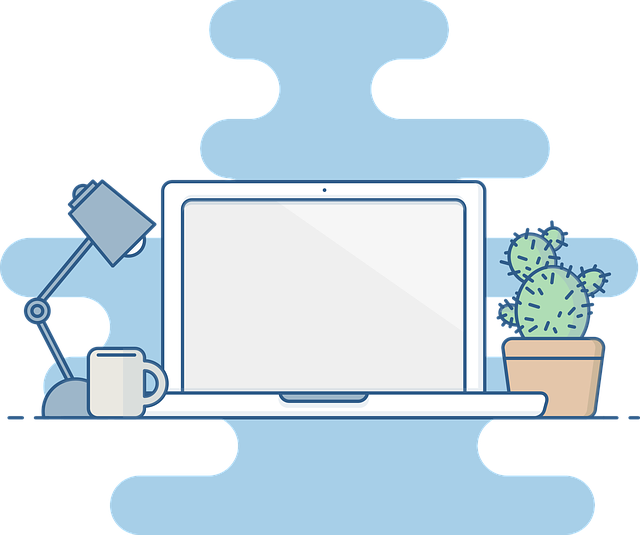
In today’s fast-paced digital classroom, STEM students are juggling complex subjects like math, coding, chemistry, and circuit design—all while trying to stay organized and productive. That’s where intelligent tools like image to text converters, LaTeX image converters, and AI tutoring assistants come in, revolutionizing the way learners interact with information.
Traditional note-taking methods often fall short for students tackling equations, graphs, or circuit diagrams. An image to text converter solves this problem by instantly transforming handwritten notes, sketches, or textbook screenshots into editable digital text. Whether you're digitizing a table of values from a lab notebook or scanning hand-drawn geometry shapes, this tool offers fast, accurate results that streamline studying and content creation.
And it's not just about convenience. Image conversion bridges the gap between analog and digital, allowing for easier organization, sharing, and integration into digital workflows.
STEM students often rely on LaTeX to write clear, structured academic documents, especially when dealing with complex equations. But typing LaTeX from scratch can be time-consuming and frustrating.
A LaTeX image converter eliminates that barrier by turning handwritten formulas and visual data into clean LaTeX code—instantly. Whether it's a matrix, a circuit diagram, or a multi-variable function, students can simply snap a photo, and the converter (often powered by AI tools like Copilot) takes care of formatting and syntax. It’s a game-changer for anyone writing research papers, lab reports, or preparing problem sets.
Imagine having a tutor available 24/7 who adapts to your learning pace and style. That’s exactly what an AI Teaching Assistant offers. These intelligent systems can walk students through concepts in math, chemistry, geometry, and code—step by step.
Need to understand how a circuit works? Struggling with graphing linear inequalities? Trying to fix a buggy function in Python? Your AI tutoring assistant provides clear, contextual feedback in real time, making difficult topics easier to digest.
Advanced platforms combine AI with tools like Copilot to go beyond explanation—they actually help students complete tasks, verify solutions, and even suggest improvements.
What happens when you combine all of these tools?
You scan a handwritten math equation using an image to text converter.
The tool outputs clean, editable LaTeX using a LaTeX image converter.
Then, Copilot steps in to review the logic or convert it into Python code.
If you get stuck, the AI Teaching Assistant is there to walk you through the steps, provide context, or even test your understanding.
This integrated workflow empowers students to draw, code, calculate, and learn faster than ever. Whether you’re working with geometry, tables, graphs, or chemistry molecules, these tools reduce friction and boost clarity.
In a world where STEM careers are in high demand, efficiency and comprehension are critical. Tools like AI tutoring, image to text conversion, and Copilot-enhanced LaTeX rendering give students a major edge—transforming their raw input into organized, polished output in seconds.
It’s not about replacing the learning process—it’s about removing the busywork that gets in the way of it.
The future of STEM learning is intelligent, interactive, and incredibly efficient. Whether you're a student trying to digitize your physics notes, a researcher formatting chemistry equations, or a teacher seeking better ways to support your class, these technologies are paving the way.
From image to text converters to LaTeX image converters, and from Copilot to adaptive AI Teaching Assistants, today’s learners are equipped with the tools to not only survive STEM— but to thrive in it.
| Price: | 99518 |
| Categories: | Items for Sale / Appliances |
| Phone: | 5555555555 |
| Address: | 1234 main st |
| Website: | View our site |
| Email: | alastar@stempad.io |